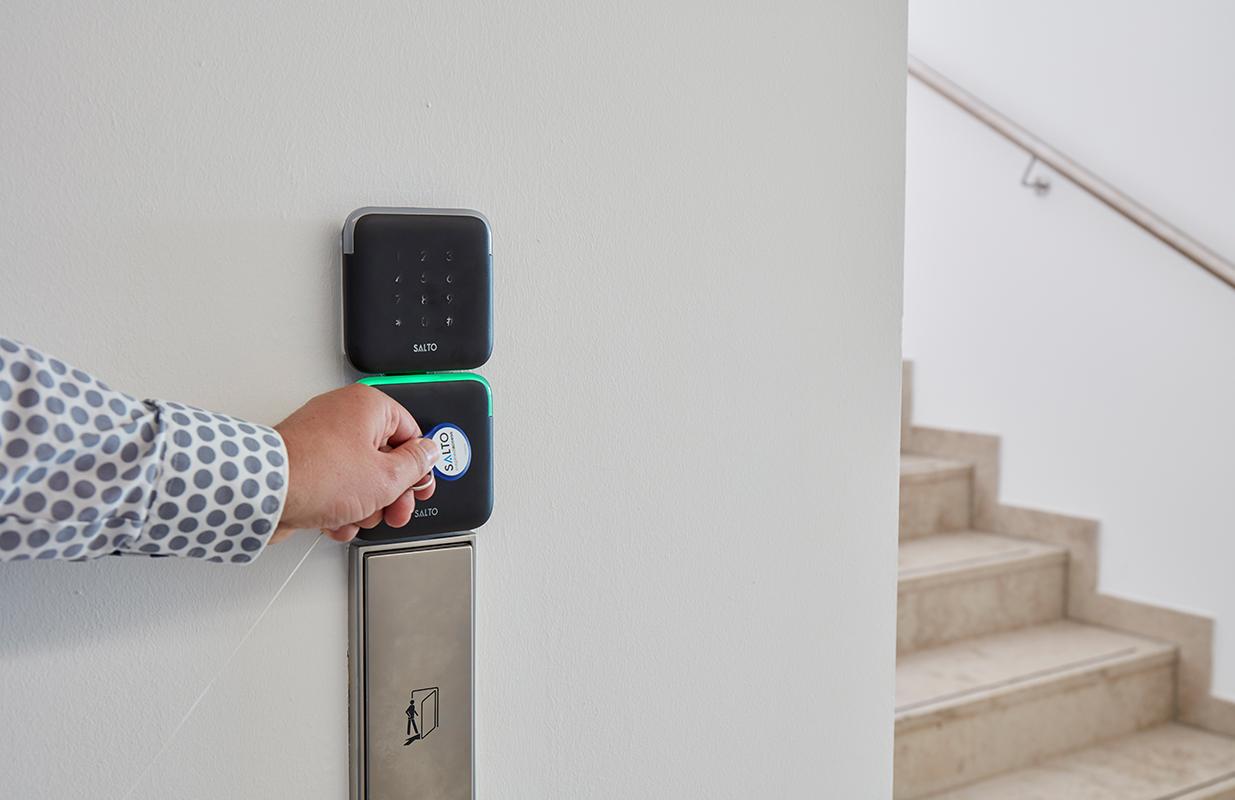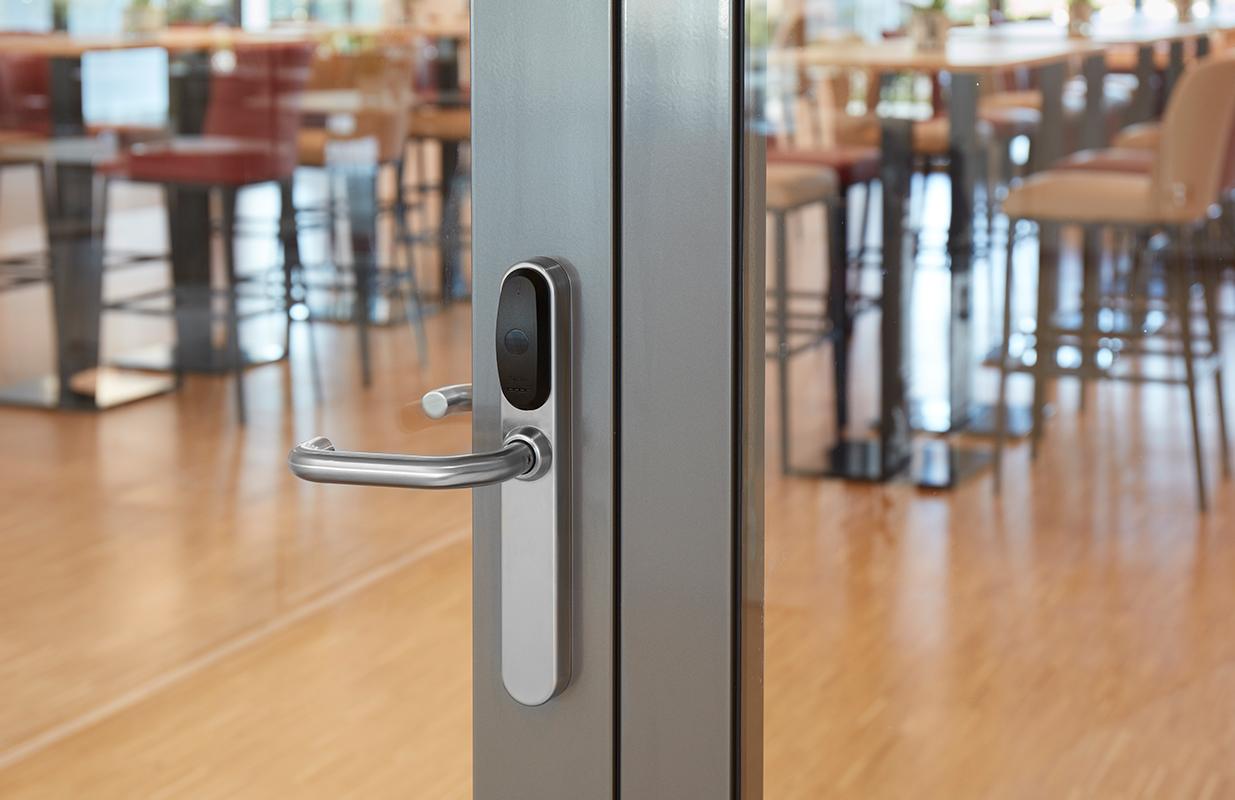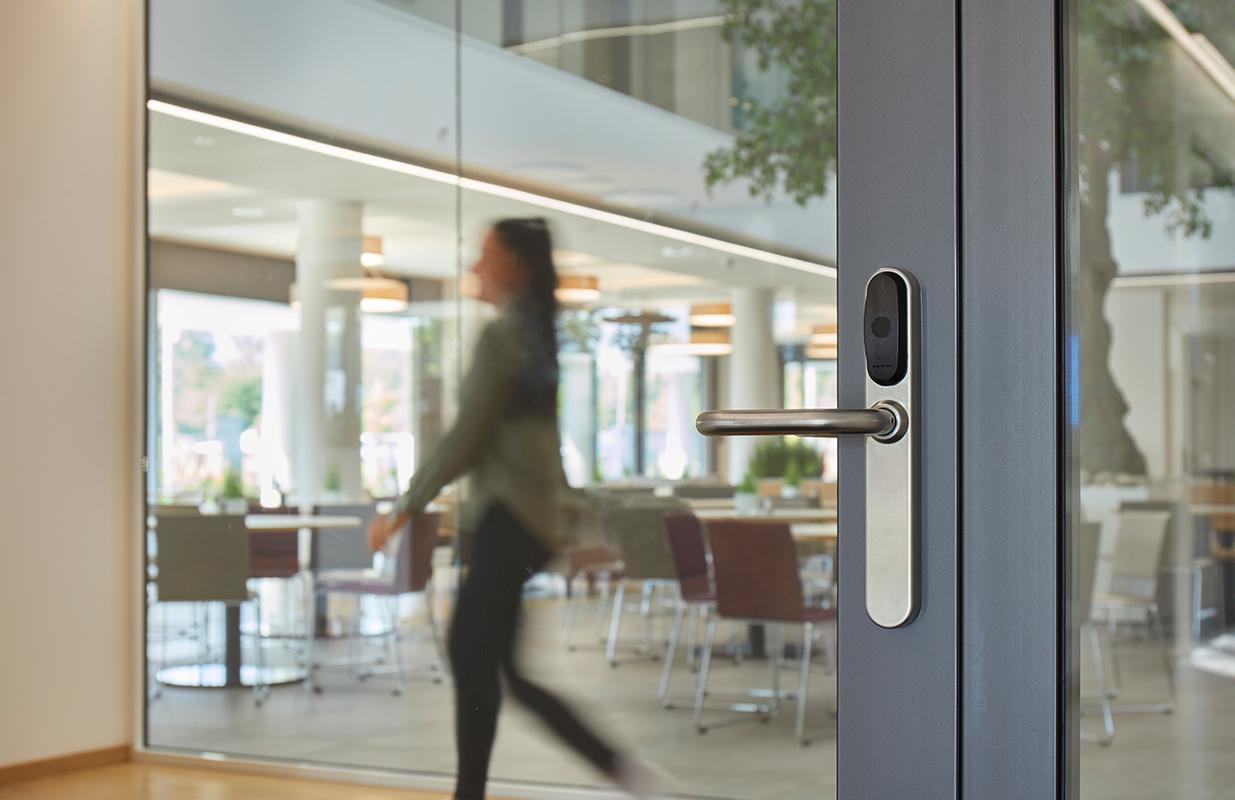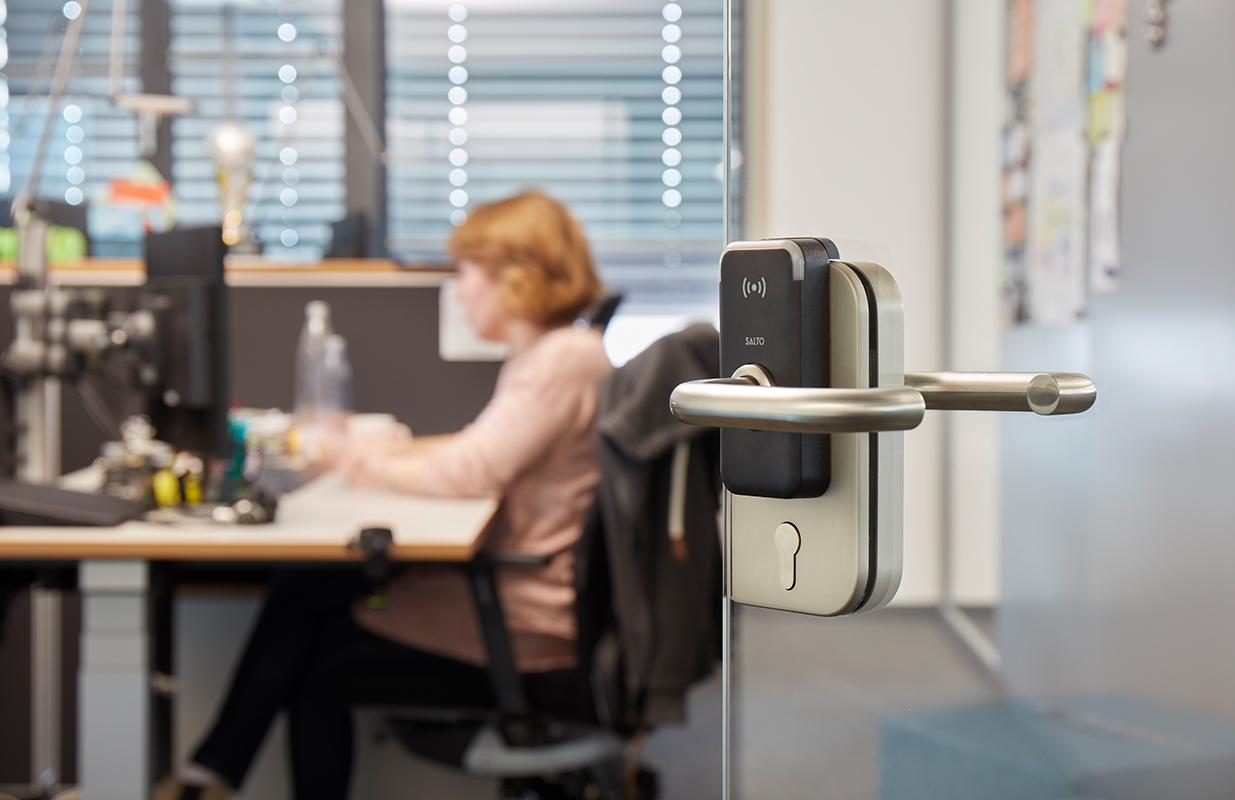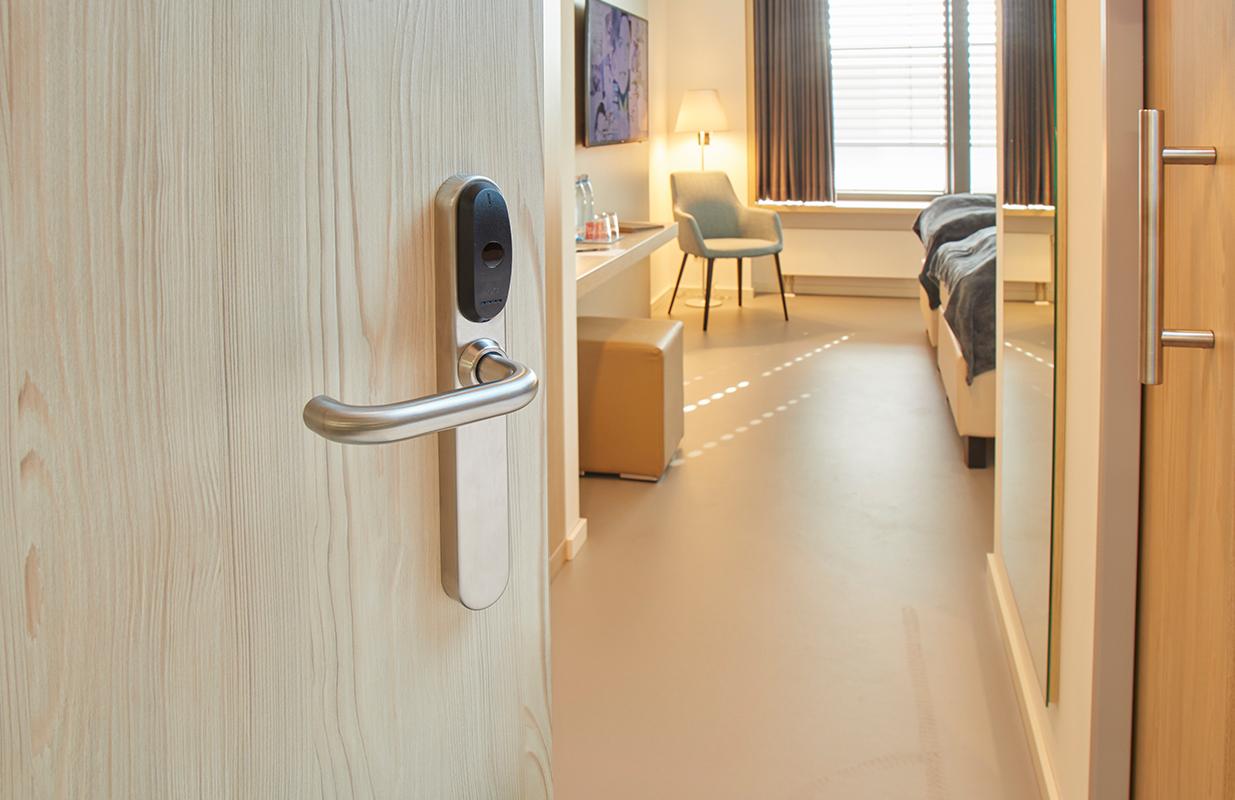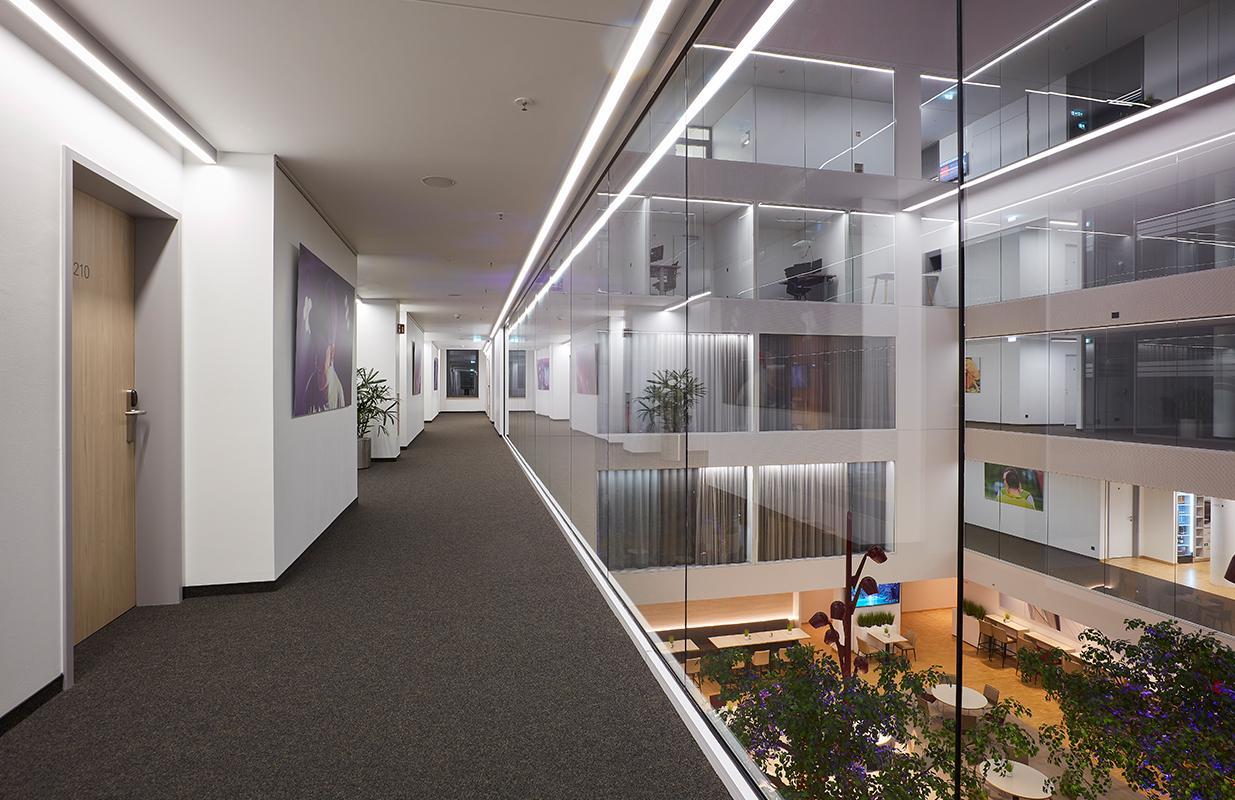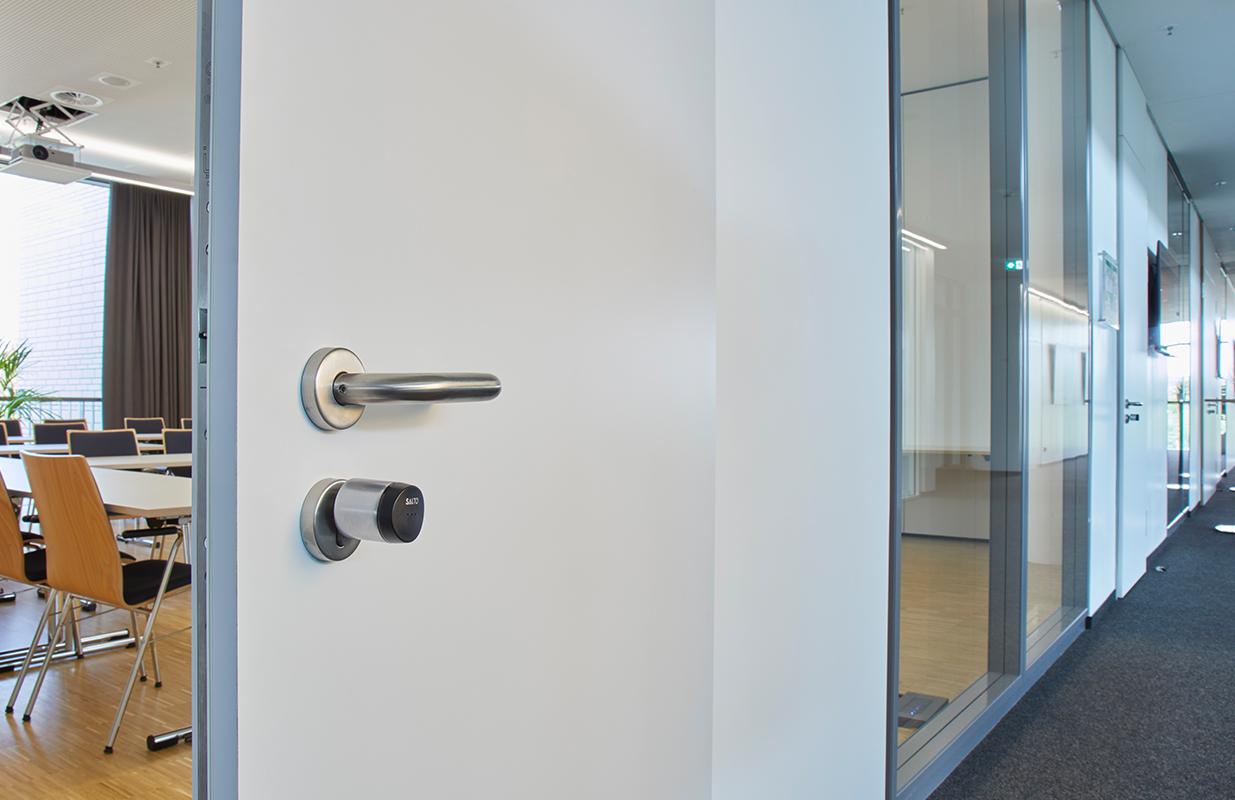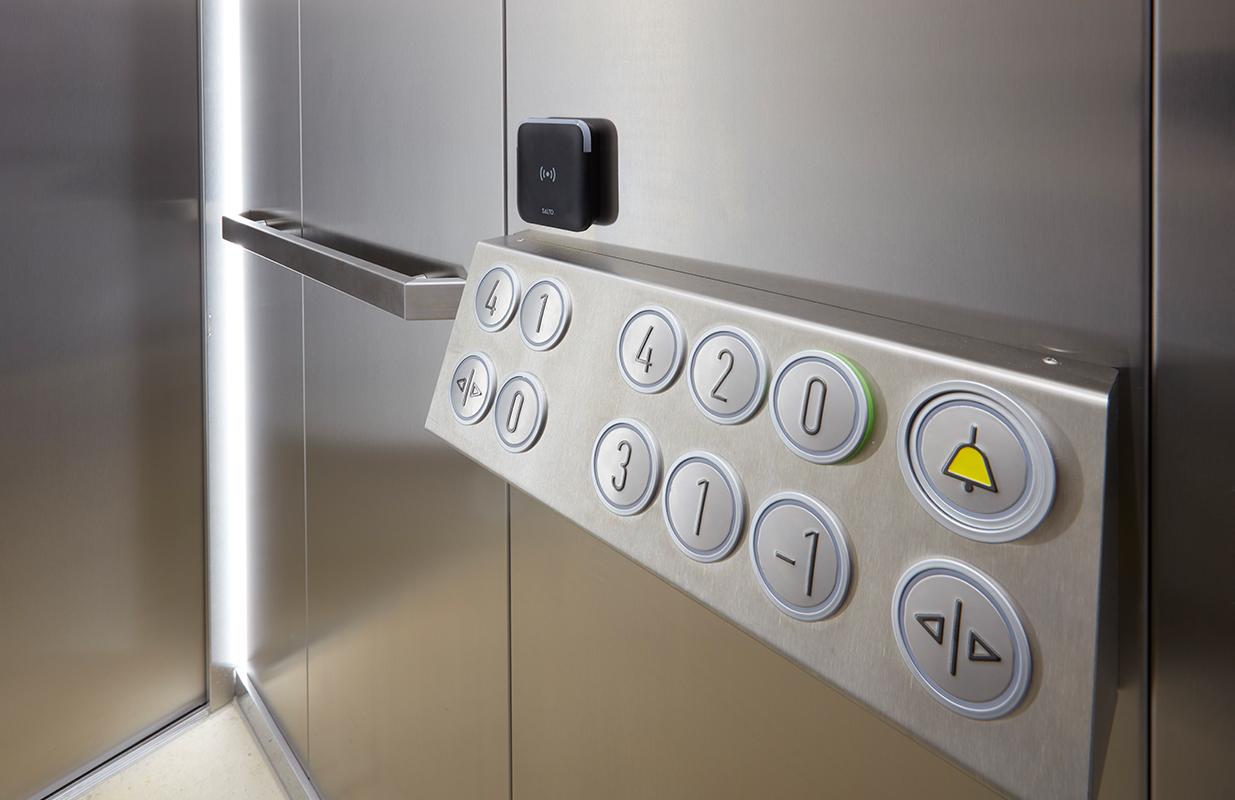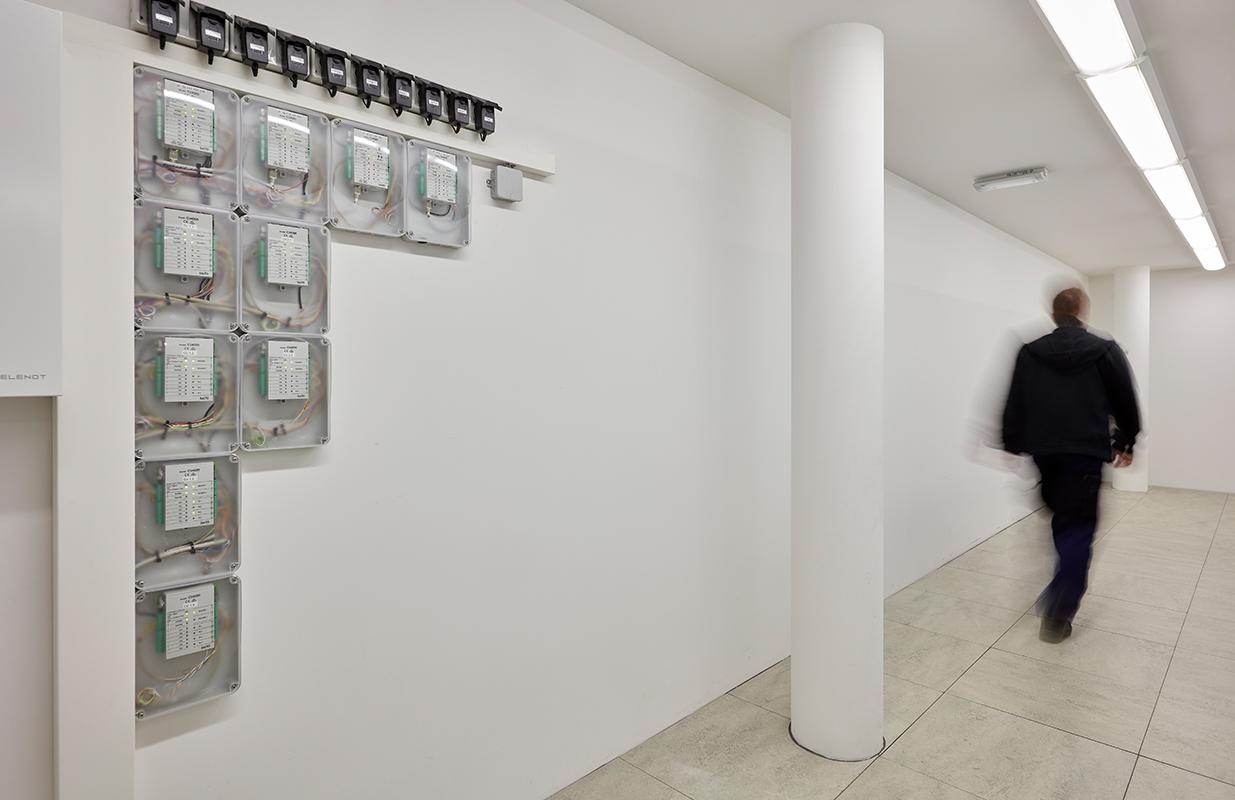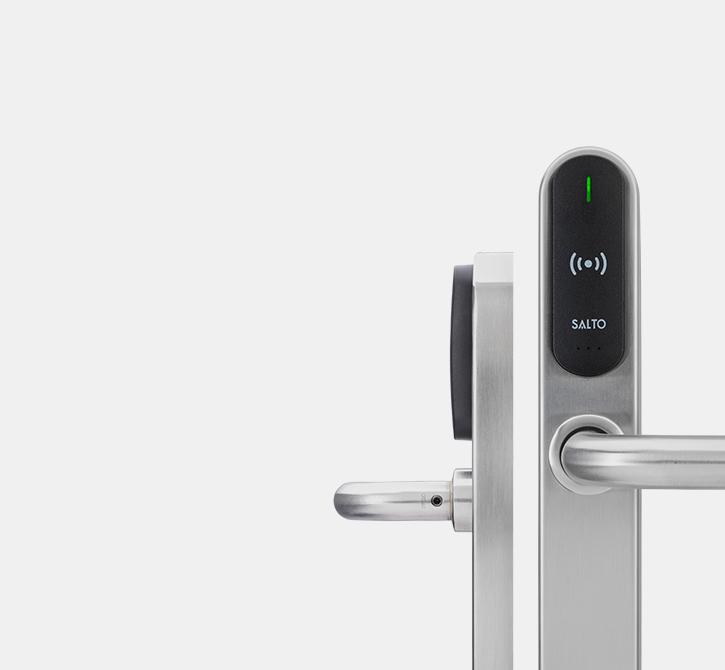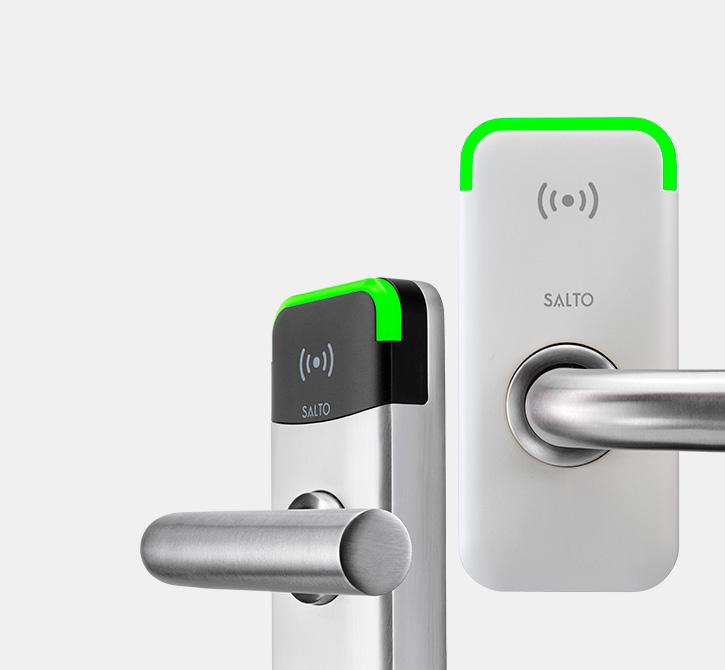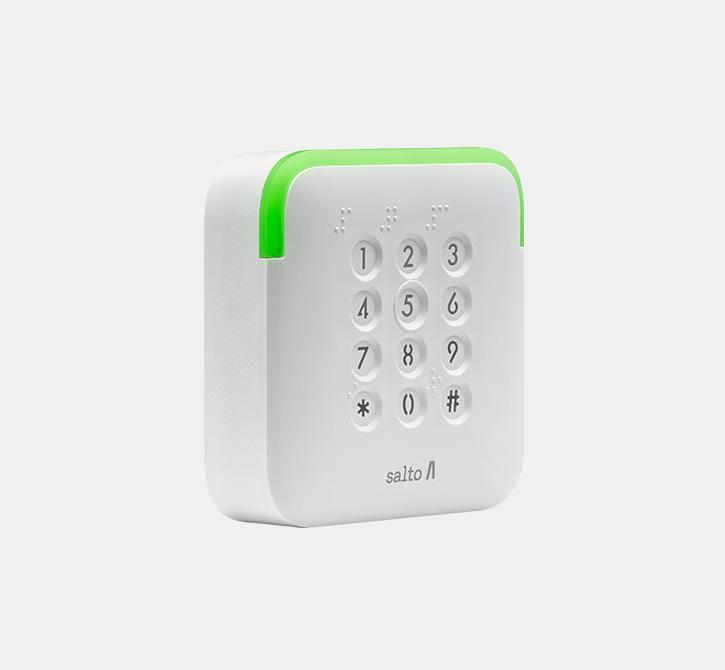Connext Campus
ロケーション: Paderborn - Germany
プロジェクトタイプ: 商業 - 業界および製造工場施設
図
- 360
In the management software ProAccess Space, we mapped our different functional areas, such as offices, hotel, kindergarten and seminar rooms as areas in the software and assigned them corresponding general access rights. In addition, we have granted special access rights to individual persons or user groups, e.g. for switching the alarm system.
主なメリット
The Salto technology solution provided at the project.
仮想ネットワーク化されたスタンドアローン型の有線/無線オンラインスマートアクセスコントロールプラットフォーム。
